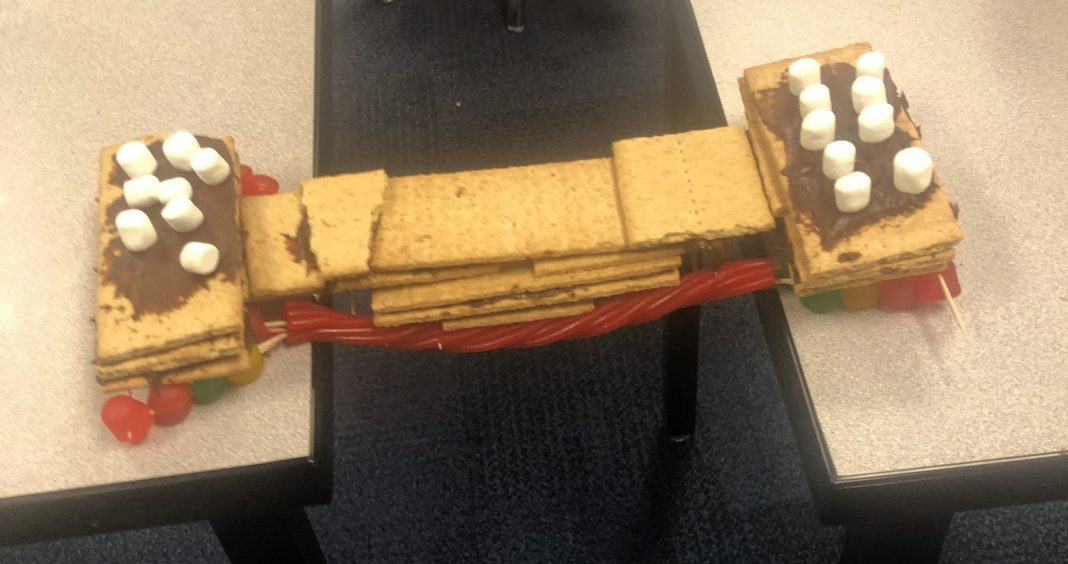Submitted by South Sound GREEN
In the face of COVID-19 and recent stay at home order, parents and guardians may find themselves looking for activities that not only keep students engaged, but also provides information about local environmental science and concerns. In our South Sound GREEN Home Based Science Project series, we will introduce and demonstrate various hands-on and at-home activities for children of all ages to do either indoors or outside!
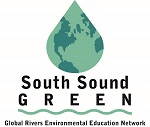 This time, we are going to talk about why bridges are better than culverts for supporting local salmon populations, and how you can build your own bridges at home (and eat some candy, too!).
This time, we are going to talk about why bridges are better than culverts for supporting local salmon populations, and how you can build your own bridges at home (and eat some candy, too!).
Bridges for Salmon
Grade Level: K-8
Materials:
- Toothpicks
- Pretzel sticks
- Marshmallows
- Graham crackers
- Frosting
- Twizzlers
- Dots / gumdrops
- Weights (coins/washers)
- Parchment paper/Foil (for cleanup)
- Large books/binders
Every year, salmon return to local rivers and streams of the Salish Sea after traveling thousands of miles through the ocean. They do so to spawn, and often choose to return to the exact waterway where they were born. Unfortunately, human development and construction can sometimes restrict or even cut off salmon from accessing their spawning grounds, leaving them unable to lay eggs and reducing the overall salmon population.
One of the biggest barriers to salmon are culverts – structures that allow for water to pass under a road or path. In many cases, culverts are narrow, metal tubes and often do not have a wide enough span to allow the stream to flow freely. Culverts can create a height barrier, velocity barrier, or low flow barrier…all of which make it hard for salmon to pass through to access spawning ground. Since culverts can create such a hard time for salmon, adults and students are working hard to identify these culverts to replace them with better solutions!
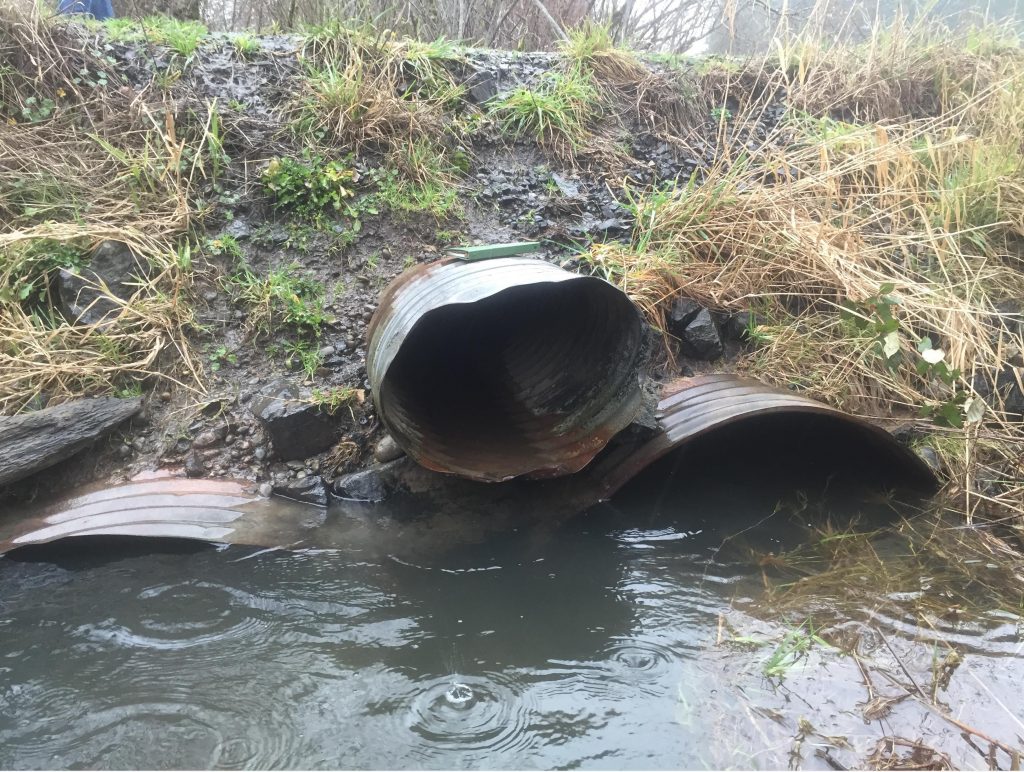
Fortunately, there are many people interested in finding culverts that block passage for salmon! Local organizations like Thurston Conservation District are working to replace culverts with bridges that allow for normal streamflow. There are many types of bridges (see the “Keep Learning” section below), and it is important for engineers to find the best bridge design for the job.
Replacing culverts with bridges may also involve working with local landowners to figure out the best way to solve the problem while doing the least amount of damage to the property and surrounding environment. Once a bridge is installed however, salmon are able to freely pass up and down the stream to spawn and help keep the salmon population coming back for many years to come!
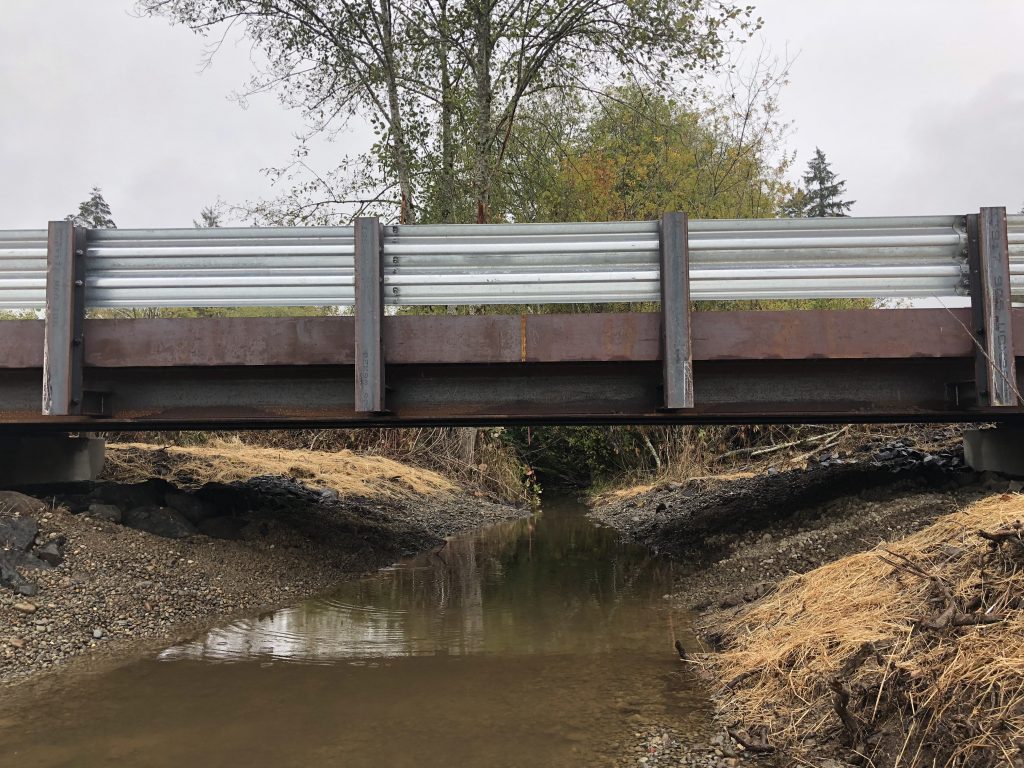
Procedure
- Collect your materials- toothpicks/pretzels, gumdrops/gummy bears, licorice, mini marshmallows, frosting, graham crackers, pretzel rods, or whatever else you can find!
- Find two level surfaces that can be moved about 8-12 inches apart. These can be anything solid and relatively flat, like two tables or two stacks of books.
- Place parchment paper or aluminium foil underneath your workspace to avoid making a mess.
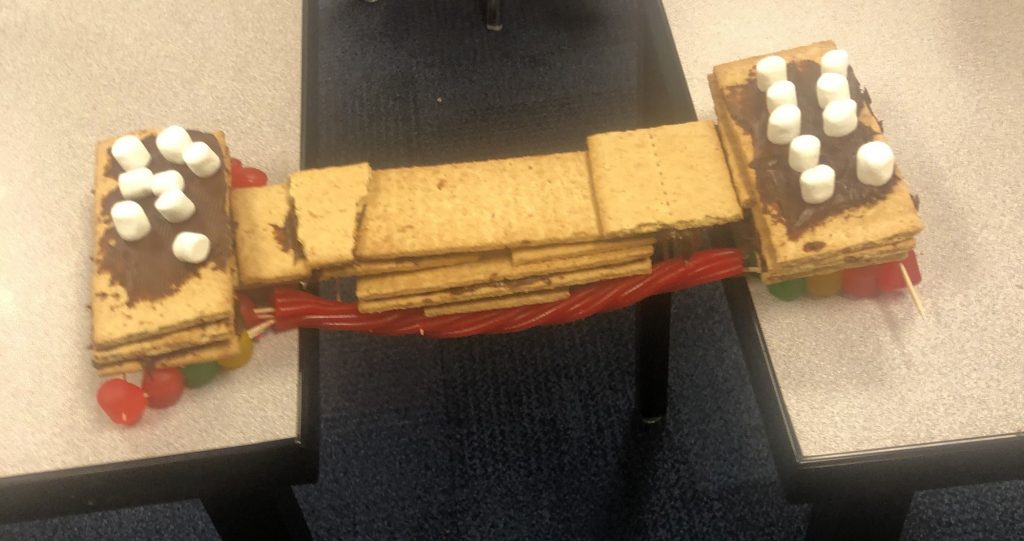
- Start building a bridge that could span the gap. How will you reinforce your bridge? Triangles are very useful in bridge building!
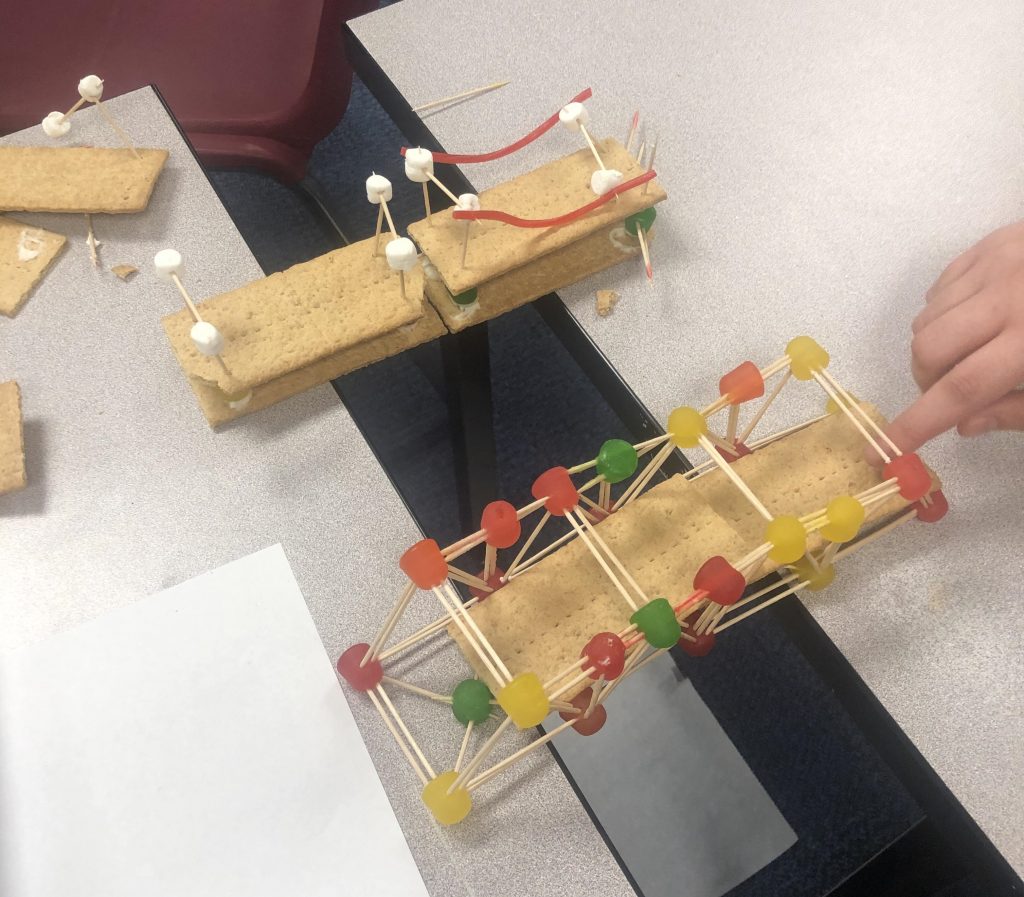
- Is this bridge for cars, humans, animals, or all three? If you have toy figurines or cars, you can add them to your environment. Imagine a river underneath your bridge – will this bridge allow salmon to run underneath?
- Bonus: Add weights to your bridge to see how strong it is. Have a contest with an adult or sibling to see who can make the strongest bridge. If you want to save your final project, make sure to stop before your bridge breaks!
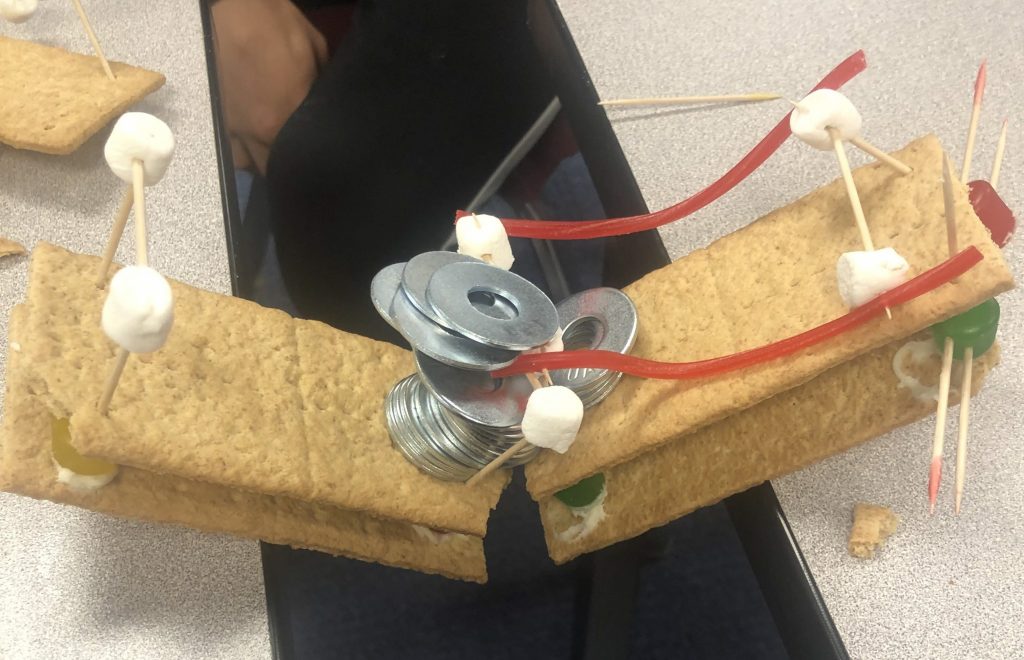
Vocabulary
- Culvert: A structure that allows for water to pass under a road or path
- Height barrier: when a culvert is too high above the streambed to allow salmon or other wildlife to enter
- Low-flow barrier: culverts that are undersized can cause blocks when inundated by runoff during extreme rain events
- Span: the horizontal dimension of a culvert
- Velocity barrier: when a culvert is too deep or narrow, water forced to flow too quickly can be a barrier to salmon, and can wash out the streambed downstream
Keep Learning!
- Use these links as resources for bridge building:
- This is a similar activity with design examples from the Oregon Museum of Science and Industry: https://omsi.edu/sites/all/FTP/files/expeditionnw/6.P.1.Bridge.pdf
- See why triangles are so important in bridge building! https://trianglesinbridges.weebly.com/why-triangles.html
- Take pictures of your bridges and use the hashtag #GREENfromhome to share them with us! Find us on Instagram at @southsoundgreen.
South Sound GREEN (Global Rivers Environmental Education Network) is a watershed education program in Thurston County that educates, empowers and connects thousands of local students in watershed studies annually. Through South Sound GREEN, participants engage in science and engineering practices related to water quality in South Sound. For more information, visit southsoundgreen.org.







































